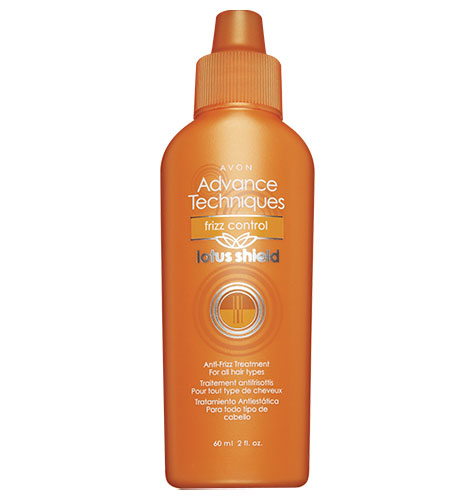 My hair is dry and chemically straightened, so, after washing and deep conditioning, I usually add a leave-in conditioner and a bit of oil to my scalp and ends. I also use a water based moisturizer every two to three days. This is my summer routine – in the winter it gets crazy. All of the moisture that I add to my hair makes humidity the enemy, so, I was intrigued when I read about Avon’s Lotus Shield Anti-Frizz Treatment.
My hair is dry and chemically straightened, so, after washing and deep conditioning, I usually add a leave-in conditioner and a bit of oil to my scalp and ends. I also use a water based moisturizer every two to three days. This is my summer routine – in the winter it gets crazy. All of the moisture that I add to my hair makes humidity the enemy, so, I was intrigued when I read about Avon’s Lotus Shield Anti-Frizz Treatment.
A few bloggers were recently invited to Avon’s research facility in Suffern, NY, to learn about Lotus Shield. We first saw the test of the technology on a regular piece of printed paper. One side was treated with the Lotus Shield technology and the other was not. When water was dropped on the side of the paper treated with Lotus Shield, it beaded up, on the other side of the paper the water soaked in.
My intrigue quickly turned to excitement. I wanted to see how Lotus Shield would perform on actual hair. Enter the lovely volunteer below. She has naturally curly hair that was washed and blow-dried. One side was treated with Lotus Shield before drying.
I detected a slight difference in the two sides of the hair even before the lovely volunteer was subjected to humidity chamber that had about 97% humidity. Once the volunteer emerged from the humidity chamber, it was clear which side had been treated with Lotus Shield and which side had not. Dramatic…is it not?
The main ingredient in Lotus Shield is cyclopentasiloxane, a light weight silicone that is used as a conditioner, delivery agent, solvent and lubricant. Other ingredients include ethyhexyl methoxycinnamate, commonly used to reflect and scatter UV rays, acrylates/dimethicone copolymer, a silicone enhanced coating agent that allows product to stick to hair. This formula is based on the water repelling properties of the lotus plant but does not seem to contain any part of the plant itself. Avon’s mix of silicones, polymers and other ingredients, successfully forms a moisture proof barrier over hair.
My Results
On my first test of Lotus Shield, I applied it to half of my hair. I washed, conditioned, added Lotus Shield, then my leave-in conditioner and my oil (side note: Lotus Shield has tremendous detangling power.) I blow-dried my hair, then hit it with the flat iron. That day I went out into mild to moderate humidity (according to the weather report). At the end of the day the Lotus Shield protected section of my hair was noticeably smoother than the other side. On day two I noticed that the side of my hair that had the Lotus Shield was quite a bit drier than the other. This makes sense because if it’s locking out moisture (humidity) it is also locking out any other moisture product I put in my hair after the Lotus Shield has been applied.
On my second application I used the Lotus Shield after I added all of my other products. This didn’t work as well as when I followed the usage directions but my hair wasn’t as dry.
Lotus Shield does work to reduce frizz and flyaways caused by humidity. However, if you have dry hair and you use moisture enhancing products, try playing around with how you use the product until you find a product combination and application routine that works for you. Please also note that this product is a difficult to get off the hair and it may take several trips to the shampoo basin to completely remove it from your hair. Avon’s Lotus Shield Anti-Frizz Treatment is being introduced for $9.99 but the regular price is $12.00 for a two-ounce bottle.
***********************
This post is written by ThisThatBeauty Contributor, Christene Carr. For more from Christene visit her blog www.christenecarr.com

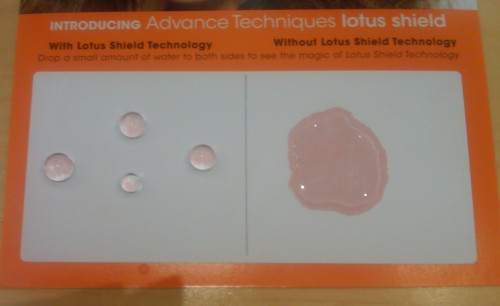
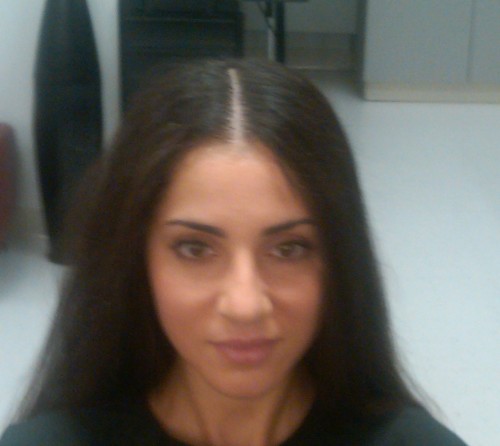
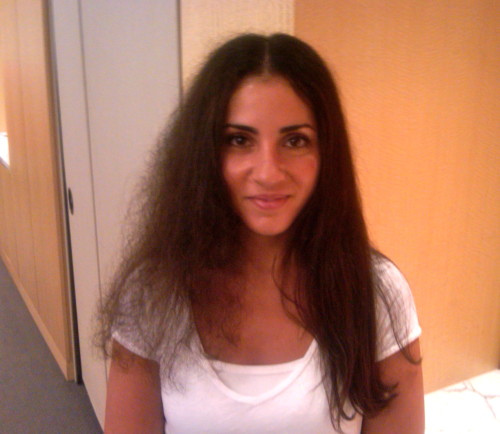
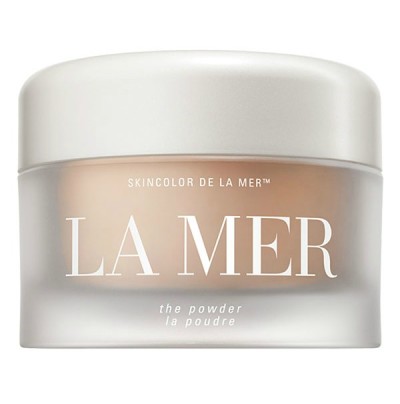
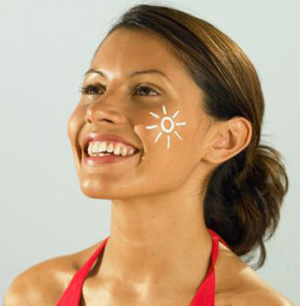
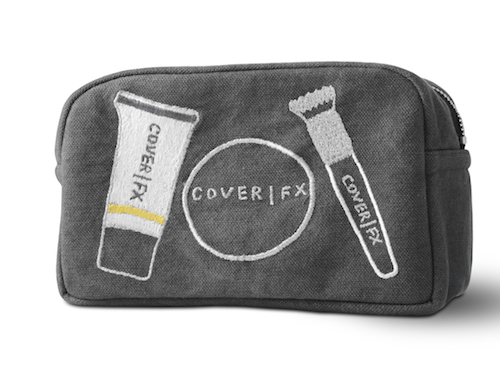
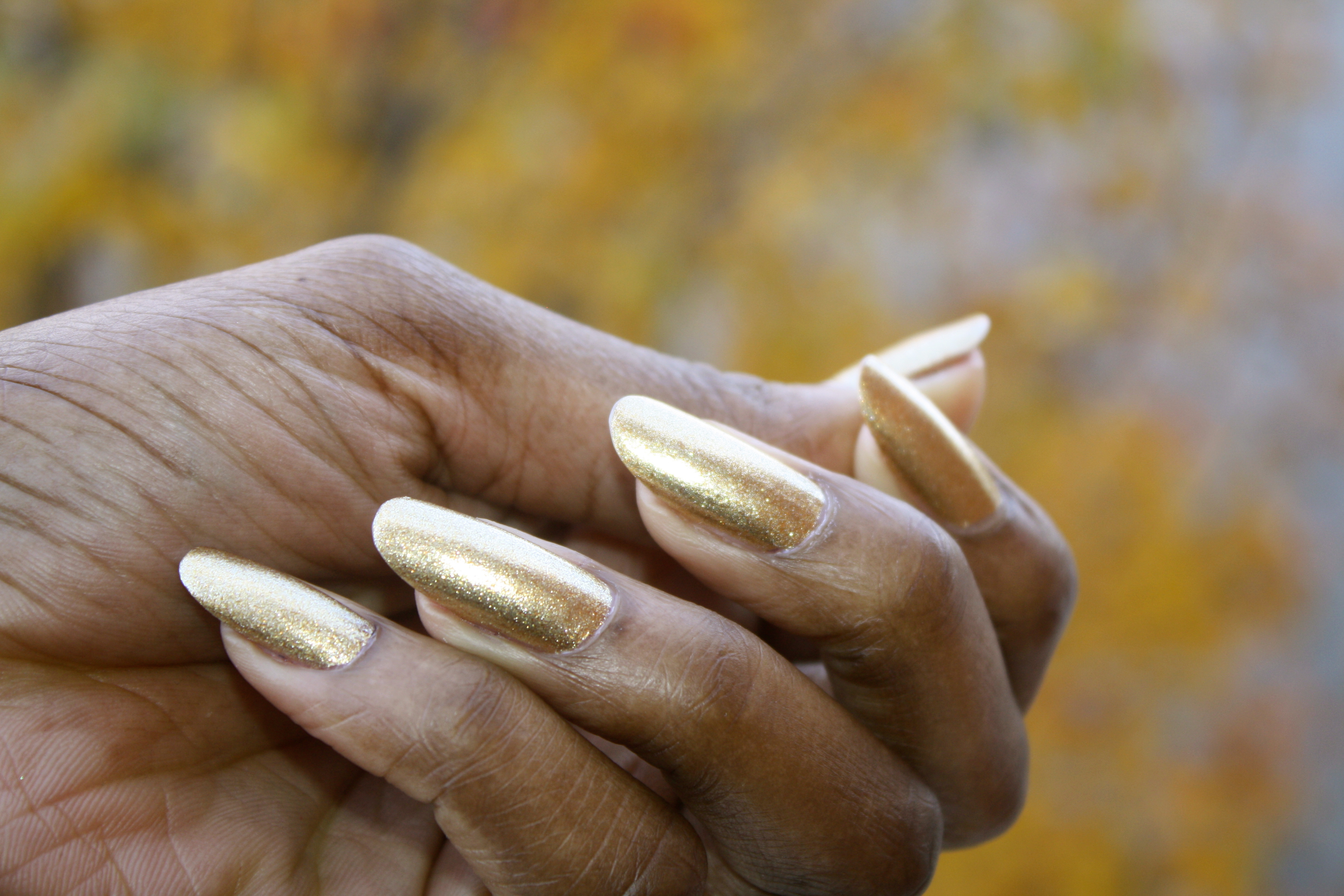
it works.i am an avon rep.i tried it on my hair.i love the results.
I’ll give it a shot and let you know how it works out!
Thanks, Felicia
Wow, look at that! What a difference!
I have EXTREMELY curly hair though. And a lot of it! Do you think it will work on my type of hair?
@Kizzy. I think it’s worth a try. It’s priced right too!
Report bk:)